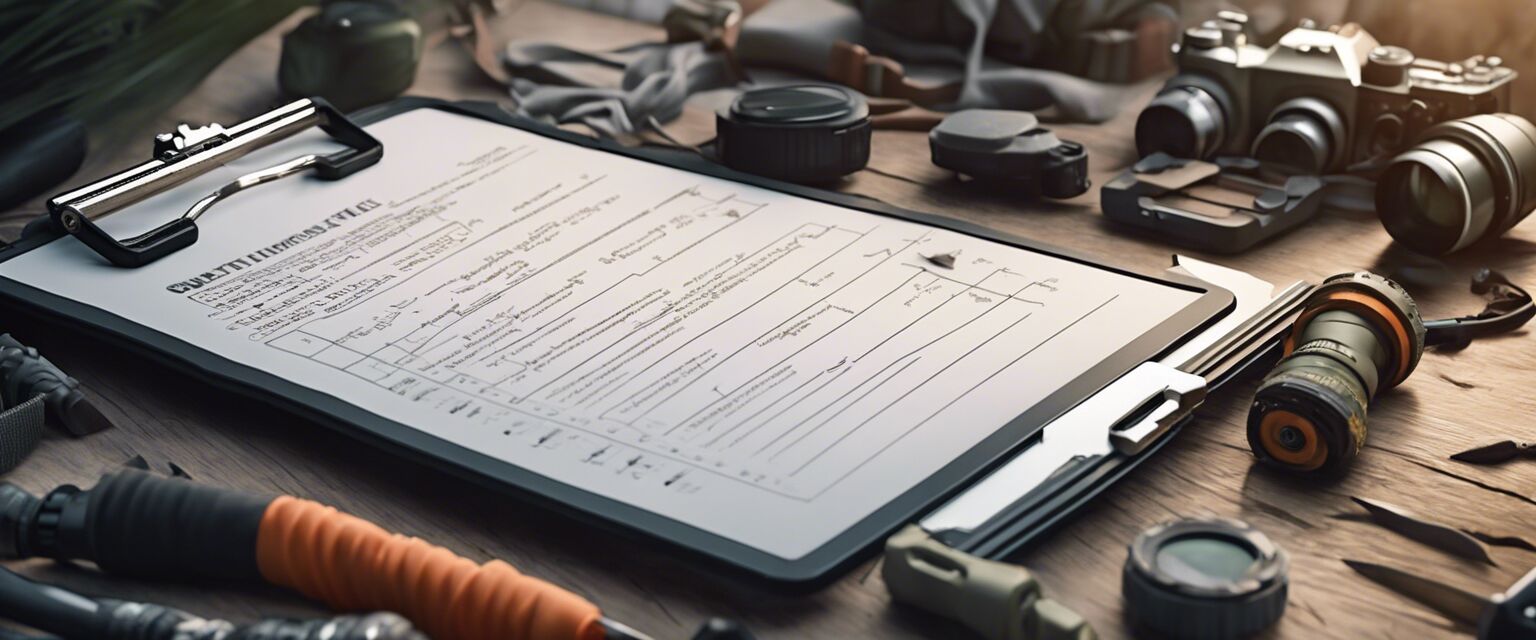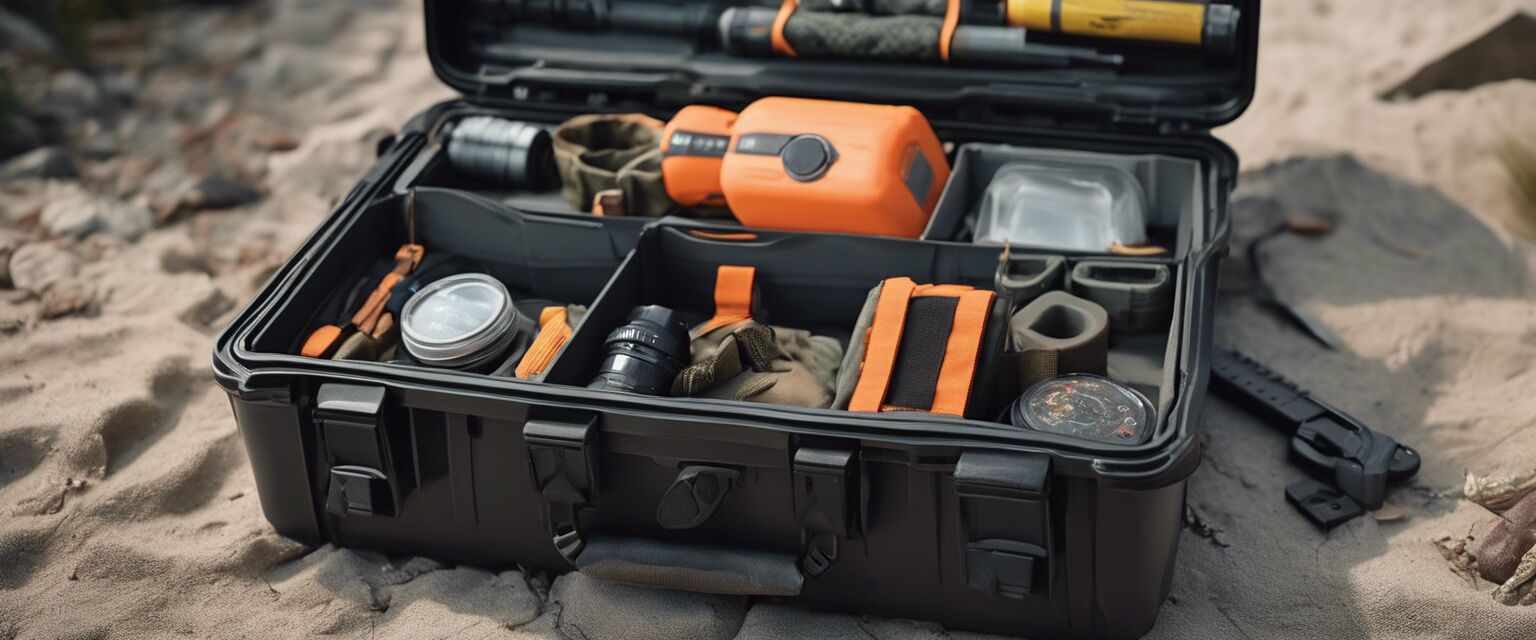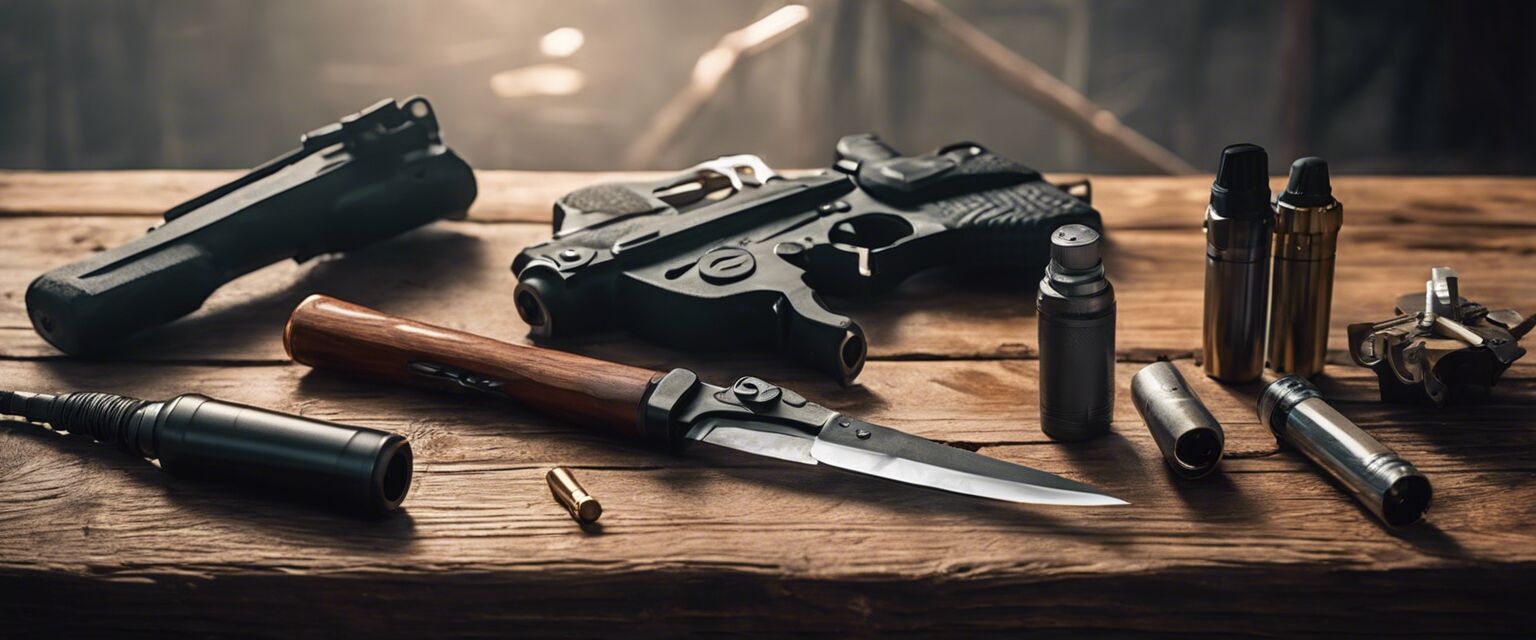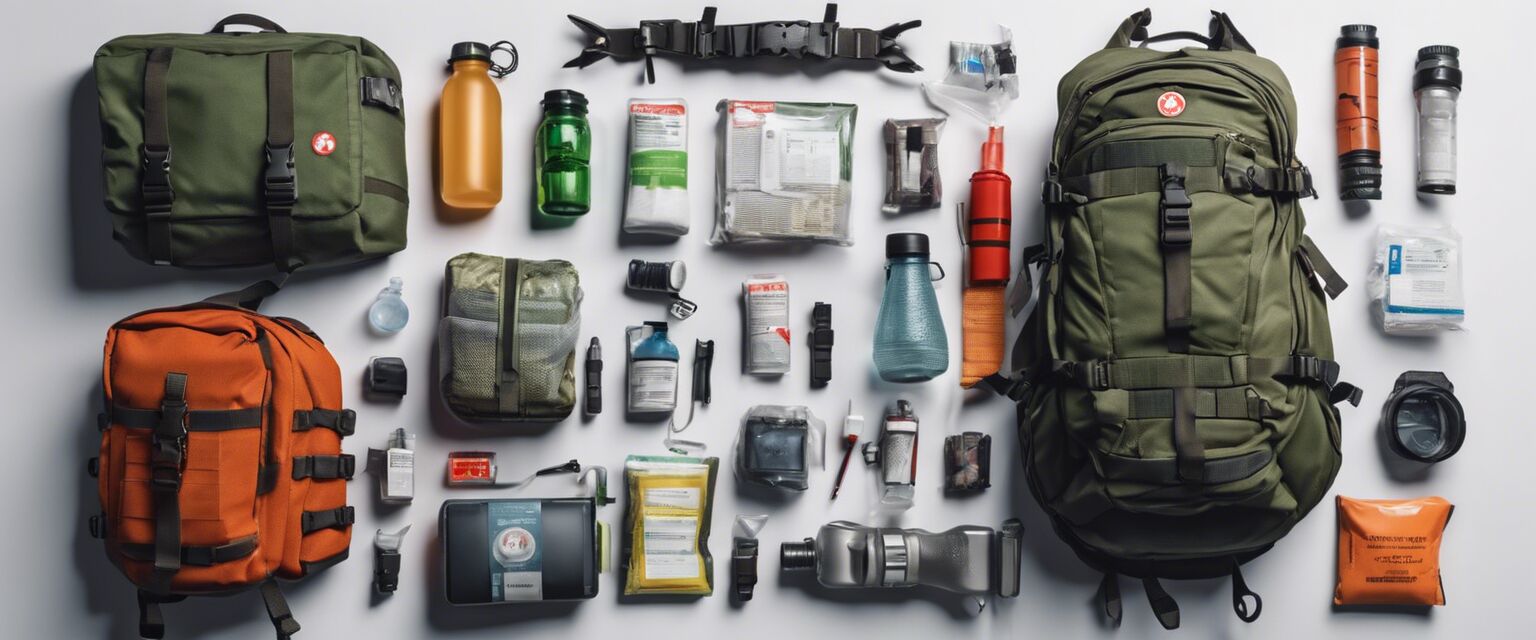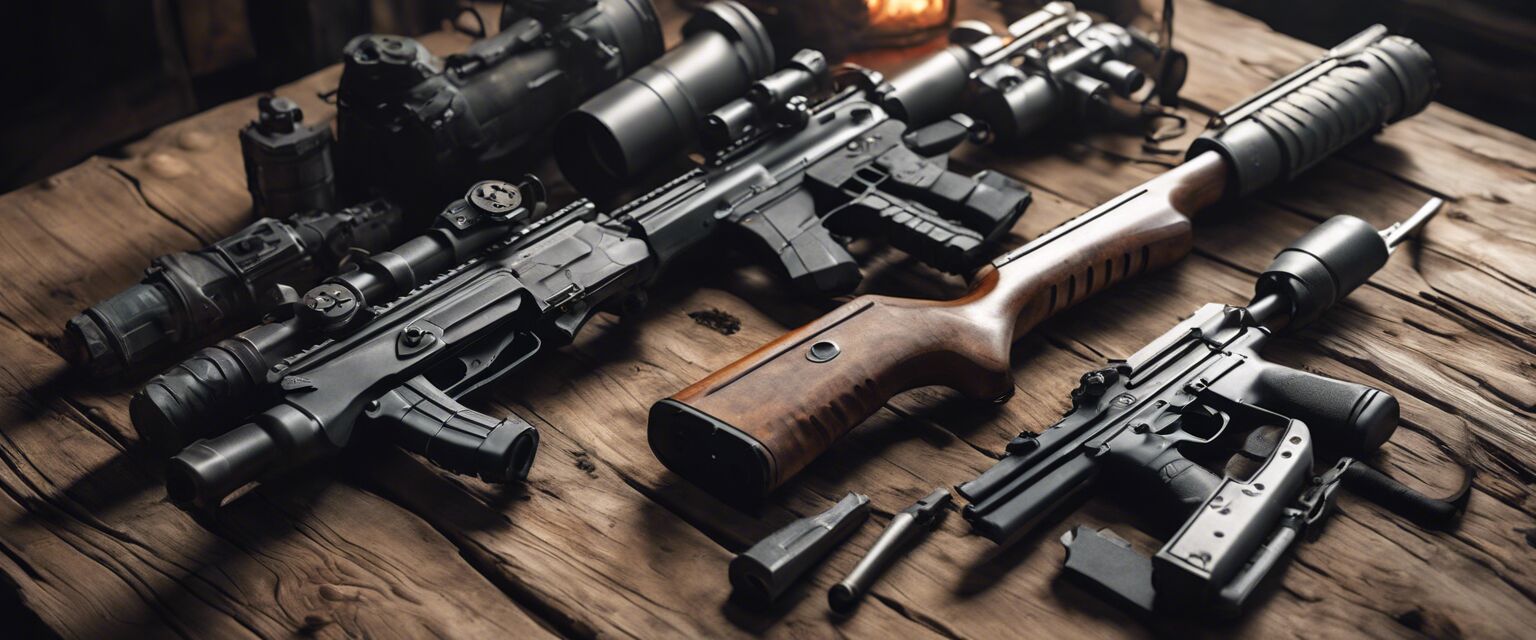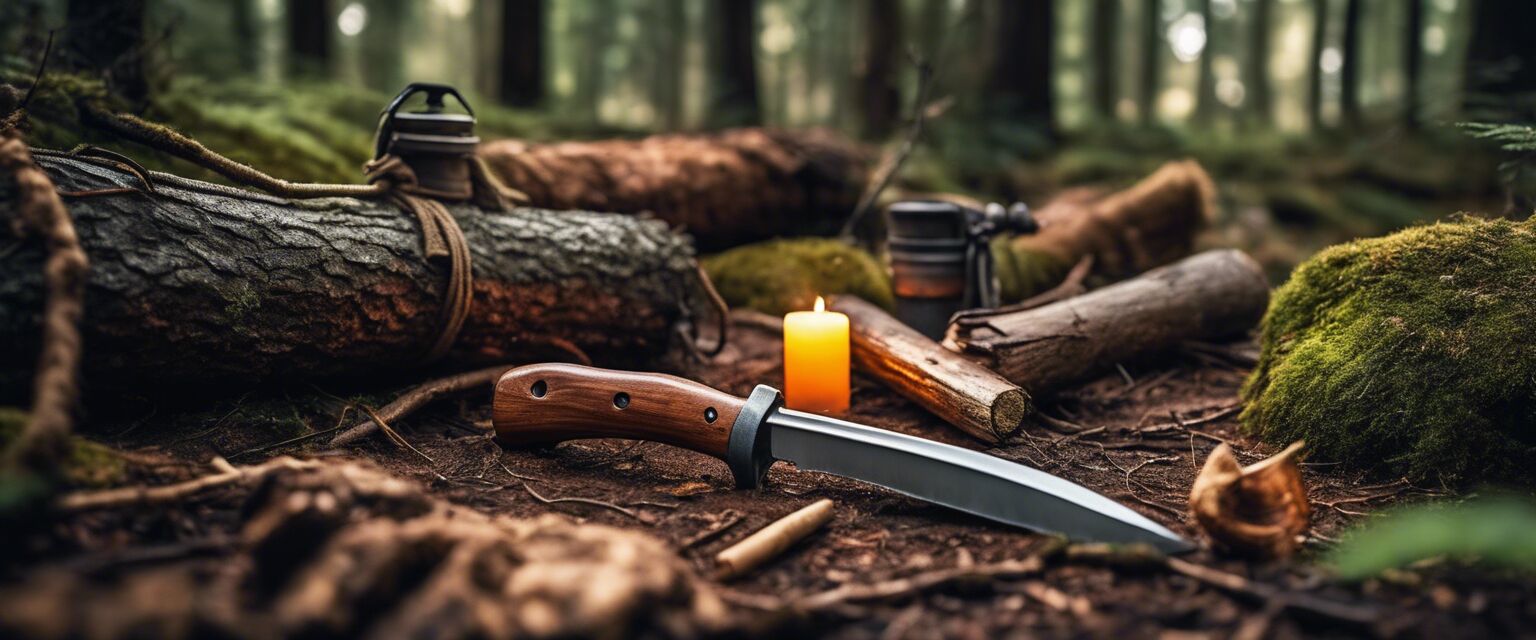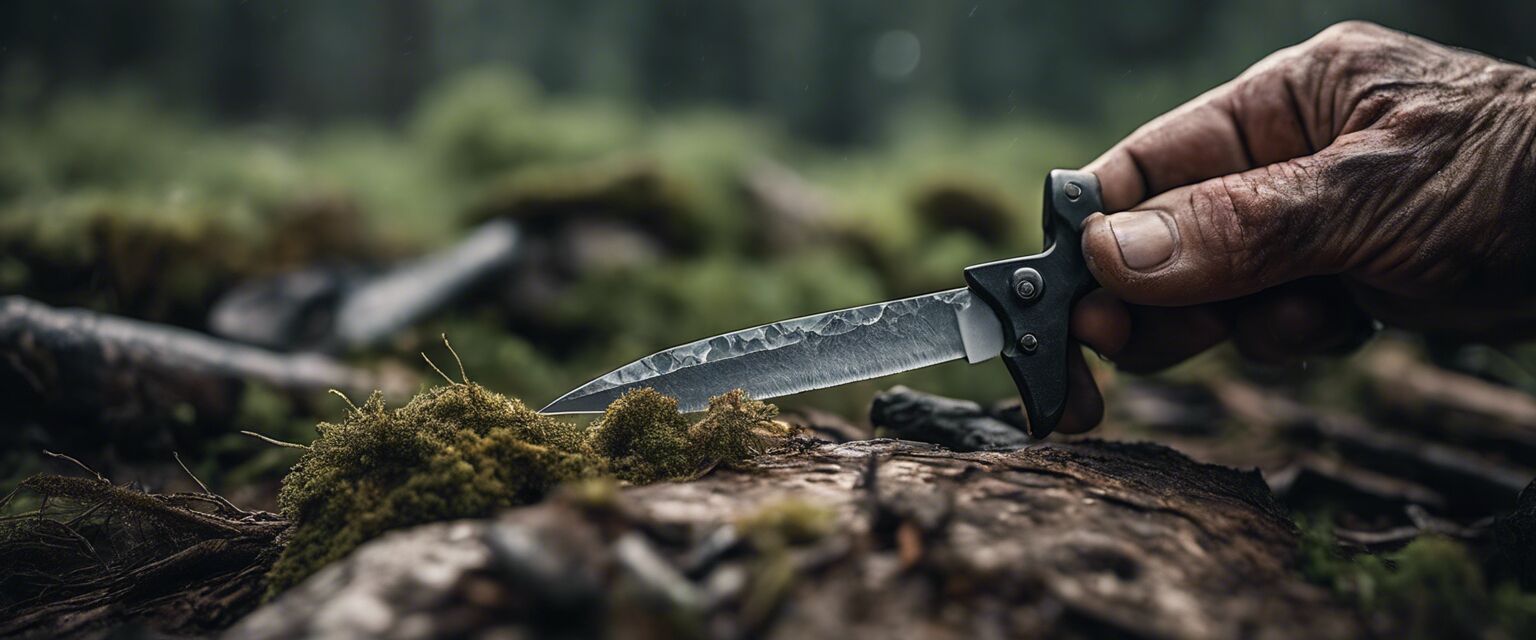
Survival Gear Maintenance
Maintaining and storing your survival tools and weapons is crucial to ensure they remain functional and reliable when you need them most.
Key Takeaways
- Regularly inspect and clean your survival gear to prevent damage and deterioration.
- Store your gear in a dry, cool place, away from direct sunlight and moisture.
- Use protective cases and covers to shield your gear from the elements and potential damage.
- Practice and train with your gear to ensure proficiency and confidence in its use.
Why Survival Gear Maintenance is Important
Survival tools and weapons are designed to help you survive in extreme situations. However, if not properly maintained, they can become useless or even hazardous. Regular maintenance ensures your gear remains functional, reliable, and safe to use.
| Consequences of Poor Maintenance | Consequences of Good Maintenance |
|---|---|
| Rusted or corroded tools that can break or fail | Tools that remain functional and reliable |
| Injury or harm due to malfunctioning gear | Increased confidence and proficiency in using gear |
| Wasted resources and money on damaged gear | Extended lifespan of gear, saving resources and money |
Best Practices for Maintaining Survival Gear
Here are some best practices to follow for maintaining your survival gear:
- Regularly inspect your gear: Check your gear for signs of damage, rust, or corrosion. Inspect for worn-out or broken parts and replace them as needed.
- Clean your gear: Use a soft cloth and mild soap to clean your gear. Avoid using harsh chemicals or abrasive materials that can damage the gear.
- Lubricate moving parts: Apply a thin layer of lubricant to moving parts, such as hinges or pivot points, to keep them functioning smoothly.
- Store gear properly: Store your gear in a dry, cool place, away from direct sunlight and moisture. Use protective cases and covers to shield your gear from the elements and potential damage.
- Practice and train with your gear: Regularly practice and train with your gear to ensure proficiency and confidence in its use.
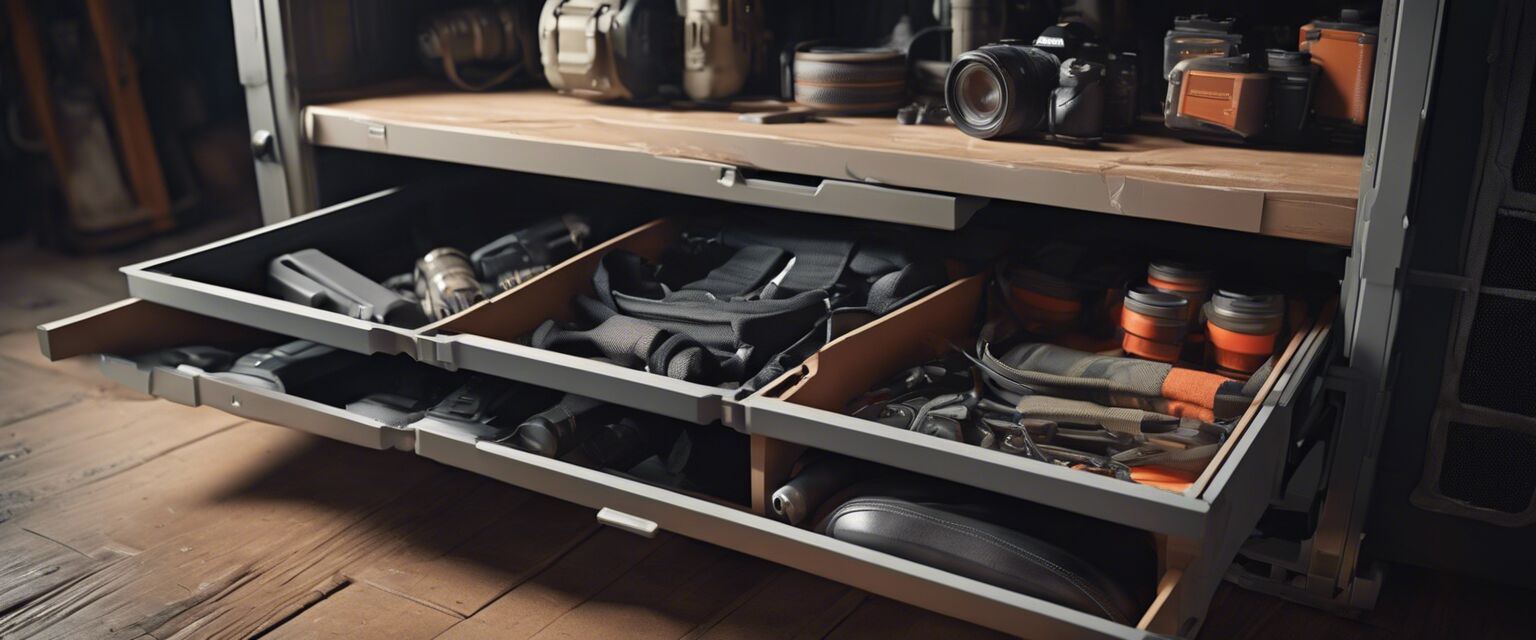
Storage Tips for Survival Gear
Proper storage is crucial to maintaining your survival gear. Here are some storage tips to follow:
- Use airtight containers or bags to store your gear, protecting it from moisture and dust.
- Label your containers or bags so you can easily identify the contents.
- Store your gear in a cool, dry place, away from direct sunlight and moisture.
- Consider using a hard-sided case or protective cover for your gear, especially for delicate or sensitive items.
Conclusion
Maintaining and storing your survival tools and weapons is crucial to ensuring they remain functional and reliable when you need them most. By following these best practices and storage tips, you can extend the lifespan of your gear and stay prepared for any situation.
For more information on survival gear, check out our guides on Fire Starters, First Aid Kits, and Multi-Tools.
Benefits of Proper Maintenance
- Extended lifespan of gear
- Increased confidence and proficiency in using gear
- Reduced risk of injury or harm due to malfunctioning gear
Consequences of Neglecting Maintenance
- Rusted or corroded tools that can break or fail
- Injury or harm due to malfunctioning gear
- Wasted resources and money on damaged gear
Beginners Section
New to survival gear maintenance? Start with these beginner-friendly tips:
- Begin with a simple cleaning and inspection routine.
- Invest in a good quality storage case or container.
- Practice with your gear in a controlled environment before taking it into the wilderness.
